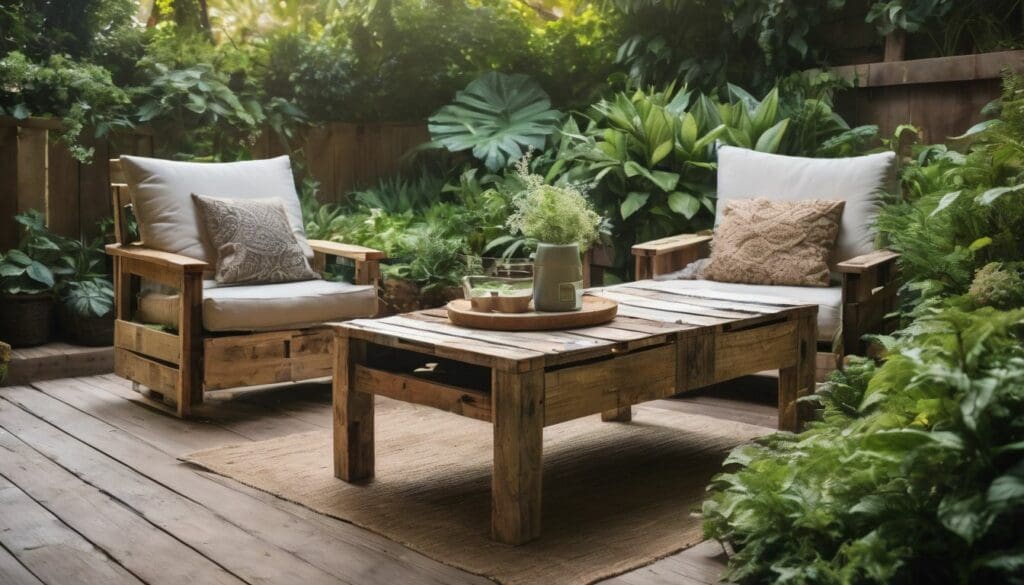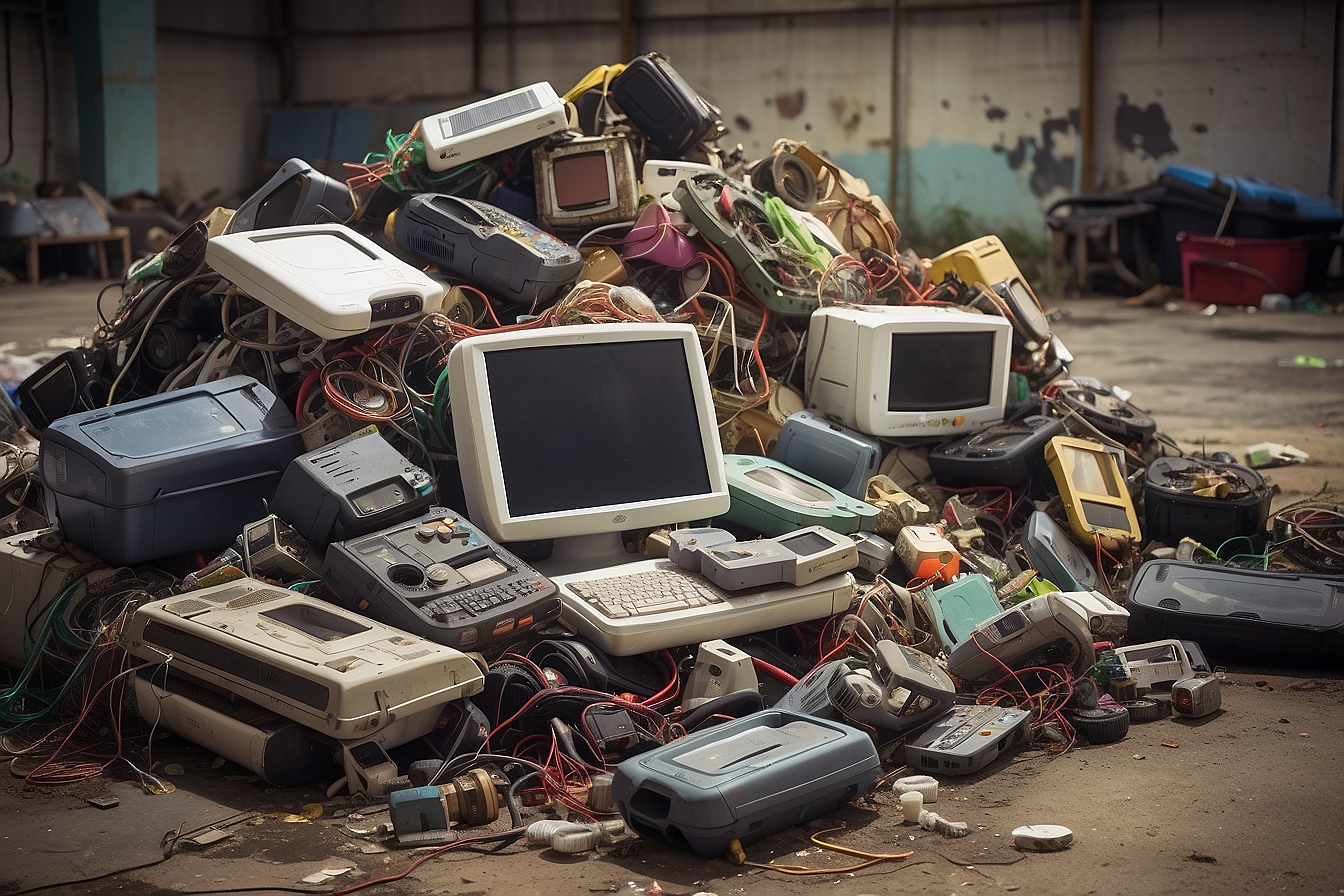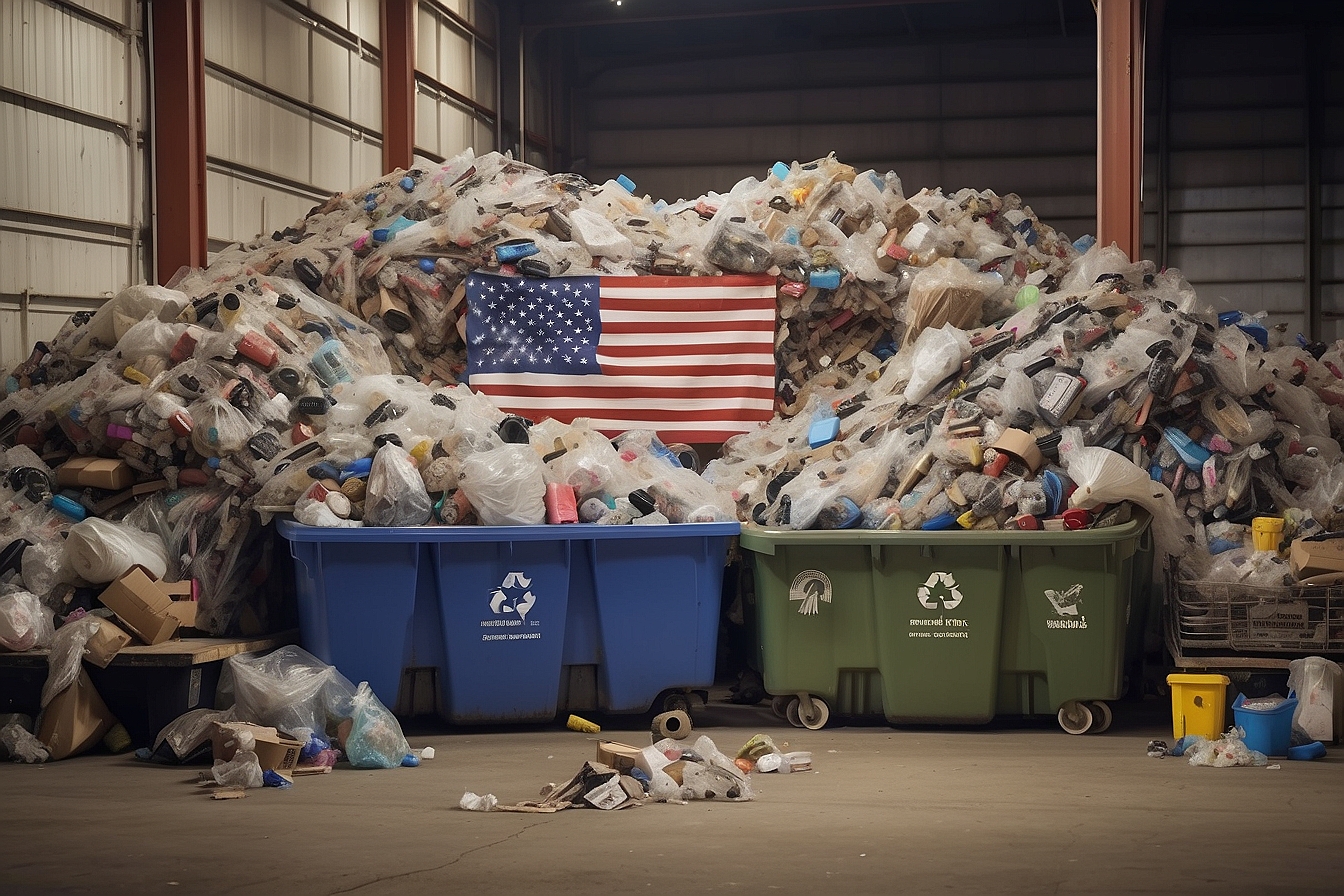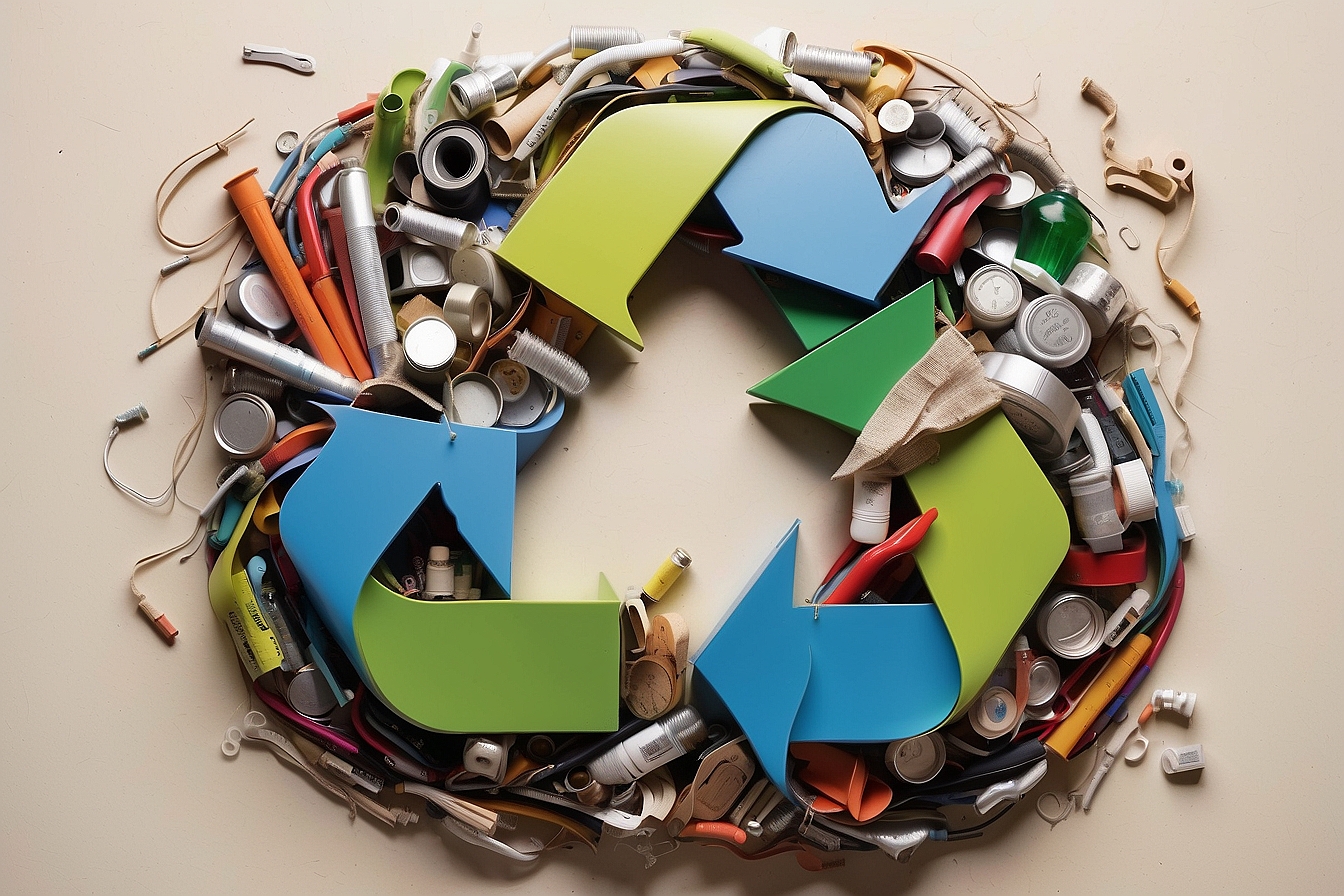We’ve all felt the encumbrance of items that have outstayed their welcome in our homes. Like many, we’ve grappled with the challenge of excess clutter. Astonishingly, across the globe, an excess of 1.3 billion tonnes of household waste is amassed each year.
Yet, there’s no need for despair; our adventure into upcycling will illuminate how to ingeniously transform what may appear as mere rubbish into objects d’art. Together, let’s weave magic from the discarded and celebrate a rebirth of the old!
Key Takeaways
- Upcycling transforms waste into higher – quality items, differing from recycling which breaks down products to create something new.
- It benefits the environment by reducing landfill waste and emissions, aids social development through creative learning and job creation, and boosts the economy by supporting local businesses.
- Diverse materials such as glass jars, fabric scraps, and wooden pallets can be creatively repurposed into decorative or practical new items.
- To succeed in upcycling projects one should be innovative, plan ahead, use quality tools, and share creations for inspiration.
- Examples of upcycling exist across various fields including art made from discarded objects, musical instruments created from recycled materials, industrial products using waste inputs, fashion that incorporates repurposed fabrics and food concepts minimising waste.
Understanding Upcycling
Upcycling is the process of transforming waste materials or unwanted products into higher-quality items with a new purpose. It differs from recycling in that it focuses on repurposing and adding value to materials, reducing waste and environmental impact.
Upcycling offers benefits for the environment, society, and economy by promoting sustainable living and resourceful reuse of materials.
Definition and difference from recycling
Upcycling takes waste materials and transforms them into higher quality items with a new purpose. It’s about creative reuse, taking what others might toss away and crafting it into something valuable again.
Unlike recycling, where waste products are broken down to create something similar or of lesser value, upcycling reimagines the potential of byproducts. We repurpose unwanted products without degrading their original form.
This sustainable design practice not only reduces waste but also saves energy compared to traditional recycling. Let’s consider the unique textures and stories that repurposed materials carry into their new lives as ecofriendly crafts or furniture.
Following this is an exploration of how embracing upcycling benefits the environment, society, and economy.
Benefits of upcycling for the environment, society, and economy
Upcycling reduces waste and conserves resources. It also minimises the need for new raw materials, saving energy and lessening pollution.
- Environment: Upcycling decreases landfill waste, contributing to environmental conservation. It helps in the reduction of greenhouse gas emissions and energy consumption, aiding in sustainable waste management.
- Society: Upcycling fosters creativity and innovation, providing learning opportunities for individuals of all ages. It also creates job opportunities within upcycling industries, contributing to economic growth while promoting social responsibility.
- Economy: Upcycling stimulates local economies by supporting small-scale businesses and entrepreneurs. It reduces production costs by utilising existing materials creatively, thus improving overall resource efficiency.
Potential materials and ideas for upcycling
We can repurpose various materials for upcycling, such as glass jars, old furniture, fabric scraps, and wine corks. Consider turning these items into new and higher-quality pieces like decorative vases, refurbished chairs, patchwork quilts, or DIY cork coasters.
Engage in green crafting by utilising waste paper for making recycled art or transforming plastic bottles into plant pots. Embrace sustainable living by exploring innovative ways to upcycle materials for arts and crafts whilst reducing waste.
For learning purposes and energy efficiency engage in creative reuse of waste materials through upcycling to contribute towards sustainability.
Getting Started with Upcycling
Discover the endless possibilities of upcycling through art, music, industry, fashion, and food. Embrace upcycling as a sustainable lifestyle choice and find inspiration for your own DIY projects.
Tips for successful upcycling projects
To create successful upcycling projects, one can follow these tips:
- Choose materials that are readily available or that you already have on hand. This could include items like glass jars, old clothing, or wooden pallets.
- Get creative and think outside the box – consider how an item could be repurposed in a completely different way before discarding it.
- Research different upcycling techniques such as decoupage, furniture restoration, or textile recycling to find methods that suit your skills and interests.
- Plan out your project carefully before starting – this could involve sketching designs or creating a step-by-step plan to work from.
- Take cues from other upcycling projects online and in books for inspiration but aim to put your own unique spin on each creation.
- Use high – quality tools and materials when necessary to ensure a professional finish to your upcycled products.
- Share your creations with others through social media or local community events to inspire others to take part in upcycling efforts.
Examples of upcycling in art, music, industry, fashion, and food
After mastering the tips for successful upcycling projects, it’s time to draw inspiration from examples of upcycling in art, music, industry, fashion, and food. In the world of art, we witness discarded materials repurposed into breathtaking sculptures or transformed into vibrant mixed media pieces.
Musicians are also taking part by crafting instruments from recycled materials like old oil barrels turned into steel drums or plastic bottles ingeniously fashioned into flutes.
When it comes to industry, many companies have embraced upcycling by using waste materials as inputs for new products. For instance, plastic bottle caps can be reincarnated as fabric for durable clothing items in the fashion world.
Embracing upcycling as a sustainable lifestyle choice
Upcycling offers a practical and fulfilling way to embrace a sustainable lifestyle. By repurposing waste materials into new and higher-quality items, individuals can significantly contribute to waste reduction and energy efficiency.
Engaging in DIY upcycling projects not only allows for creative expression but also promotes green living. Embracing upcycling as a sustainable lifestyle choice empowers us to make a positive impact on the environment while fostering a sense of fulfillment through conscious consumption.
Choosing upcycled products aligns with our commitment to conservation and environmental responsibility. Every decision we make in supporting upcycling directly contributes towards building a more sustainable future for generations to come.
Conclusion
In conclusion, embracing upcycling allows us to transform byproducts into higher-quality items. We can contribute to a more energy-efficient and sustainable future. Upcycling provides an outlet for creativity while supporting conservation and environmental efforts.
It’s a meaningful way to make a positive impact on our world.
FAQs
1. What is upcycling?
Upcycling is the process of transforming byproducts or waste materials into higher quality items, often for new purposes like arts & crafts.
2. How does upcycling benefit the environment?
By creatively reusing waste materials, upcycling reduces trash and saves energy, making it an energy-efficient practice that’s good for our planet.
3. Can I turn any waste material into an upcycled product?
Most materials can be upcycled with a bit of creativity and effort to create something useful and of higher quality than the original item.
4. Is there a difference between recycling and upcycling?
Yes! Recycling breaks down items to make new products typically of lesser quality while upcycling directly transforms them into higher quality goods without breaking them down.





